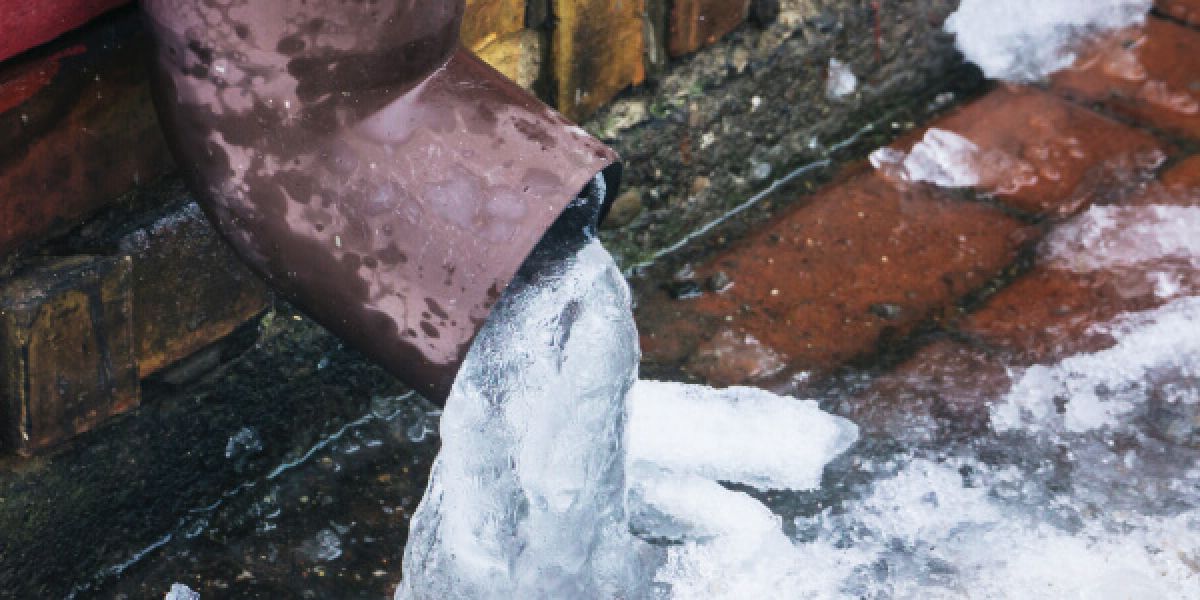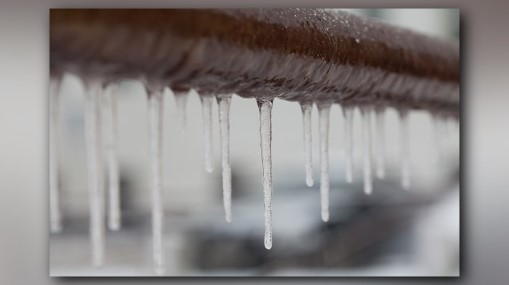Tips to Defend Plumbing System from Cold Weather: Critical Strategies
Tips to Defend Plumbing System from Cold Weather: Critical Strategies
Blog Article
What are your opinions with regards to 6 Ways to Prevent Frozen Pipes?

Winter can wreak havoc on your pipes, particularly by freezing pipelines. Here's just how to prevent it from occurring and what to do if it does.
Introduction
As temperatures decline, the risk of frozen pipes boosts, possibly leading to expensive fixings and water damage. Understanding exactly how to stop icy pipelines is crucial for house owners in cool environments.
Avoidance Tips
Shielding susceptible pipes
Cover pipelines in insulation sleeves or make use of warm tape to shield them from freezing temperatures. Concentrate on pipes in unheated or outside areas of the home.
Home heating strategies
Keep indoor areas adequately warmed, especially areas with plumbing. Open cupboard doors to allow cozy air to circulate around pipelines under sinks.
Exactly how to identify frozen pipelines
Look for decreased water flow from faucets, unusual odors or sounds from pipelines, and noticeable frost on revealed pipes.
Long-Term Solutions
Architectural adjustments
Take into consideration rerouting pipes far from exterior wall surfaces or unheated areas. Include additional insulation to attics, cellars, and crawl spaces.
Updating insulation
Invest in high-grade insulation for pipelines, attic rooms, and walls. Appropriate insulation assists keep constant temperatures and reduces the danger of frozen pipelines.
Protecting Outdoor Plumbing
Yard hose pipes and outside faucets
Disconnect and drain garden hose pipes before winter season. Set up frost-proof spigots or cover exterior faucets with insulated caps.
Recognizing Frozen Pipes
What creates pipes to ice up?
Pipelines freeze when exposed to temperatures listed below 32 ° F (0 ° C) for prolonged durations. As water inside the pipelines ices up, it broadens, putting pressure on the pipeline walls and possibly triggering them to burst.
Risks and problems
Frozen pipes can cause water system interruptions, property damages, and pricey repair work. Burst pipes can flooding homes and create substantial architectural damages.
Indications of Frozen Water Lines
Identifying frozen pipes early can avoid them from rupturing.
What to Do If Your Pipes Freeze
Immediate actions to take
If you presume frozen pipes, maintain taps open up to eliminate pressure as the ice melts. Utilize a hairdryer or towels soaked in hot water to thaw pipes slowly.
Verdict
Protecting against icy pipelines calls for positive procedures and fast feedbacks. By recognizing the reasons, signs, and safety nets, homeowners can shield their plumbing during winter.
6 Proven Ways to Prevent Frozen Pipes and Protect Your Home
Disconnect and Drain Garden Hoses
Before winter arrives, start by disconnecting your garden hoses and draining any remaining water. Close the shut-off valves that supply outdoor hose bibs and leave the outdoor faucet open to allow any residual water to drain. For extra protection, consider using faucet covers throughout the colder months. It’s also important to drain water from any sprinkler supply lines following the manufacturer’s directions.
Insulate Exposed Pipes
Insulating your pipes is an effective way to prevent freezing. Pipe insulation is readily available at home improvement stores and is relatively inexpensive. Pay close attention to pipes in unheated areas such as the attic, basement, crawl spaces, or garage. Apply foam insulation generously to create a buffer against the cold. You can also wrap your pipes in heat tape or thermostat-controlled heat cables for added warmth.
Seal Air Leaks
Inspect your home for any cracks or openings that could let in cold air. Seal any holes around the piping in interior or exterior walls, as well as the sill plates where your home rests on its foundation. Additionally, make sure to keep your garage door closed unless you’re entering or exiting. Leaving it open creates a significant air leak that can lead to frozen pipes.
Allow Warm Air Circulation
During cold snaps, it’s essential to allow warm air to circulate evenly throughout your home. Leave interior doors ajar to promote better airflow. Open kitchen and bathroom cabinets to help distribute heat consistently around the rooms. If you have small children or pets, be sure to remove any household chemicals or potentially harmful cleaners from open cabinets for safety.
Let Faucets Drip
A small trickle of water can make a big difference in preventing ice formation inside your pipes. When temperatures drop significantly, start a drip of water from all faucets served by exposed pipes. This continuous flow helps prevent the water from freezing. Additionally, running a few faucets slightly can relieve pressure inside the pipes, reducing the chances of a rupture if the water inside does freeze.
https://choateshvac.com/6-proven-ways-to-prevent-frozen-pipes-and-protect-your-home/

I hope you enjoyed reading our post on Prevent Frozen Pipes . Thanks a lot for taking time to read our post. Those who appreciated our page please be sure to share it. I am grateful for your time. Revisit us soon.
Book With Us Today! Report this page